Just like Emil, Devola and Popola are returning characters from NieR who play a part in the events of NieR: Automata. While they’re different models from the Devola and Popola we knew from the first game, the connections between the two pairs are quite explicit, and they play a huge part in the sequel too.
First, some backstory: the Devola and Popola models from the original NieR were responsible for protecting the Shadowlord and making sure that he could continue to help stabilize the Gestalts. However, the Shadowlord’s Replicant killed him at the end of the game, effectively dooming humanity. This marked the end and failure of Project Gestalt, and all of the Devola and Popola models gathered the Replicant data and sent them to the moon. All the androids started resenting Devola and Popola for destroying humanity, and they became outcasts.
As punishment, the Devola and Popola line of twin androids were discontinued and gotten rid of, except for one pair – the pair that we meet in NieR: Automata. For this pair, their memories of Project Gestalt were wiped, and they were allowed to go free. It’s not entirely clear why these two androids were allowed to live, but perhaps they were meant to serve as a reminder to the rest of the androids why Project Gestalt failed in the first place.
When we meet Devola and Popola at the Resistance Camp, we find out that the rest of the Resistance androids are pretty cold to them. They’re also forced to perform dangerous tasks for the camp, despite the fact that they’re not combat models. This is the Resistance’s way of punishing them. When 9S asks them why they’re assigned these tasks, they simply say that it’s their way of atoning for past sins.
Later on in the game, when 9S finally gains access to the white tower, he has trouble hacking into it as enemies start coming after him non-stop. At this point, Devola and Popola show up, and they fight off the machines while 9S continues hacking. The hacking process goes smoothly until he encounters an unbreakable barrier. Here, Popola grabs the barrier and she ends up short-circuiting herself to bypass the barrier and let 9S in. Devola throws 9S into the tower, and when he tries to protest against leaving them outside with the machines, she tells him that this is their atonement.
Inside the tower, Pod 153 provides 9S with the memory records of Devola and Popola. It’s here that we find out about the failure of Project Gestalt and how Devola and Popola from the original NieR had brought about its end. We also learn about how the last remaining Devola and Popola models were subject to verbal and even physical abuse from other androids.
At the end of it all, Pod 153 reveals that their memories were wiped, and that Devola and Popola’s systems were programmed to generate constant feelings of guilt and remorse. This is why they accepted all the abuse and felt the need to atone, despite not being the actual Devola and Popola models who failed to protect the Shadowlord.
Later on, A2 arrives at the tower and sees that all the machines have been defeated. She also sees Popola lying dead in Devola’s arms. Devola herself is close to death as well. As A2 moves to enter the tower, Devola asks if she and her sister managed to help. A2 says that they did, and Devola responds by saying that she’s glad.
Be sure to check back with Twinfinite and our ever-expanding wiki for more tips, tricks, and information on NieR: Automata.


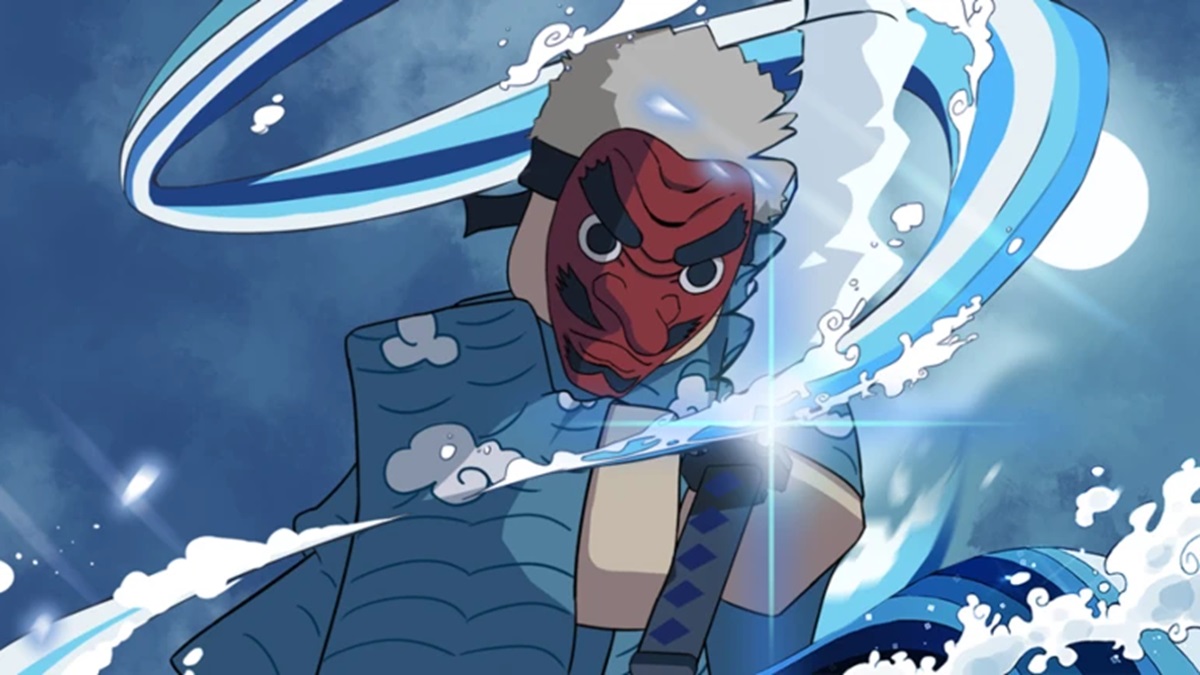
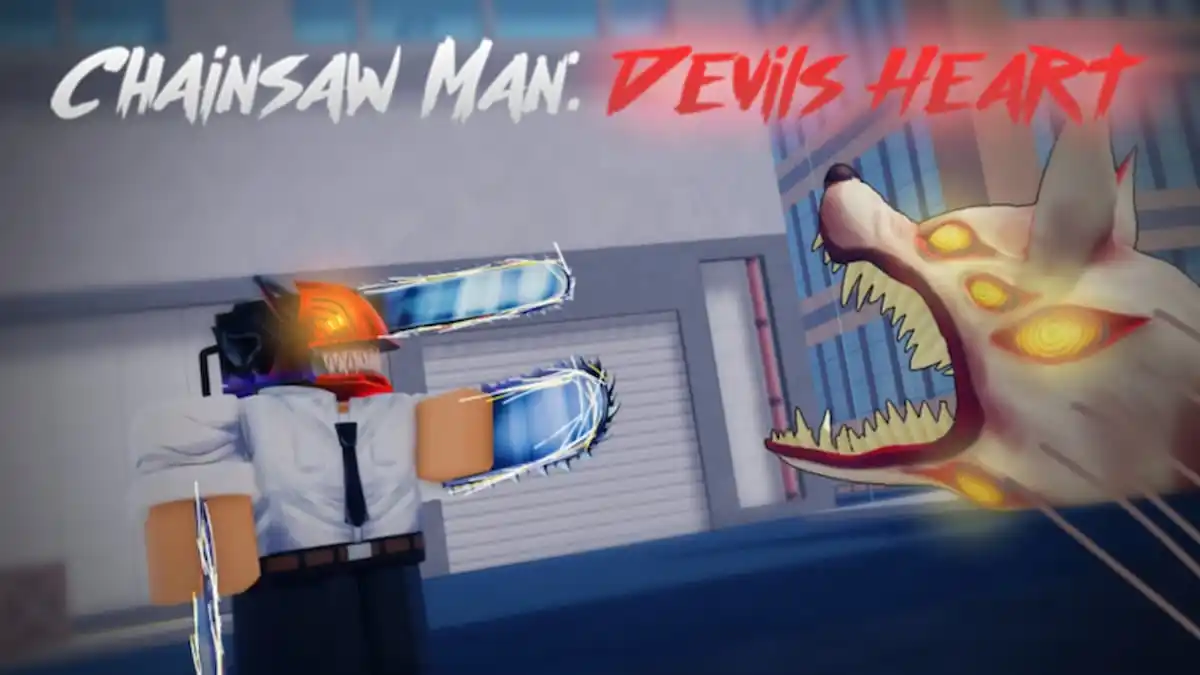
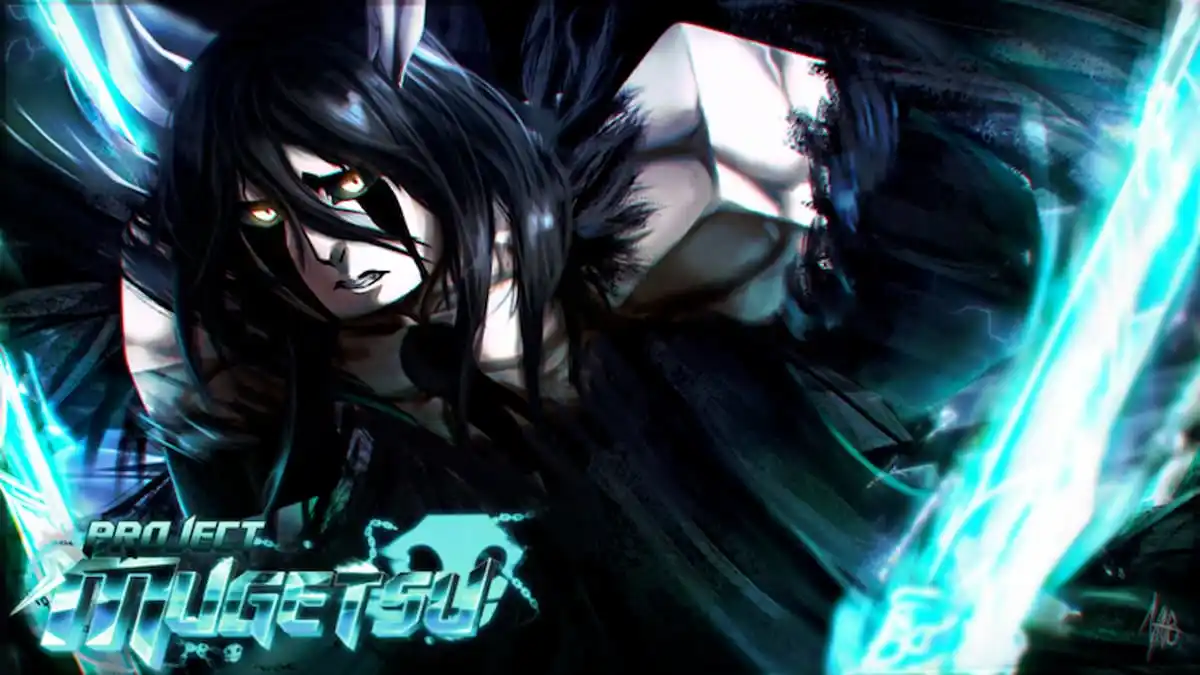


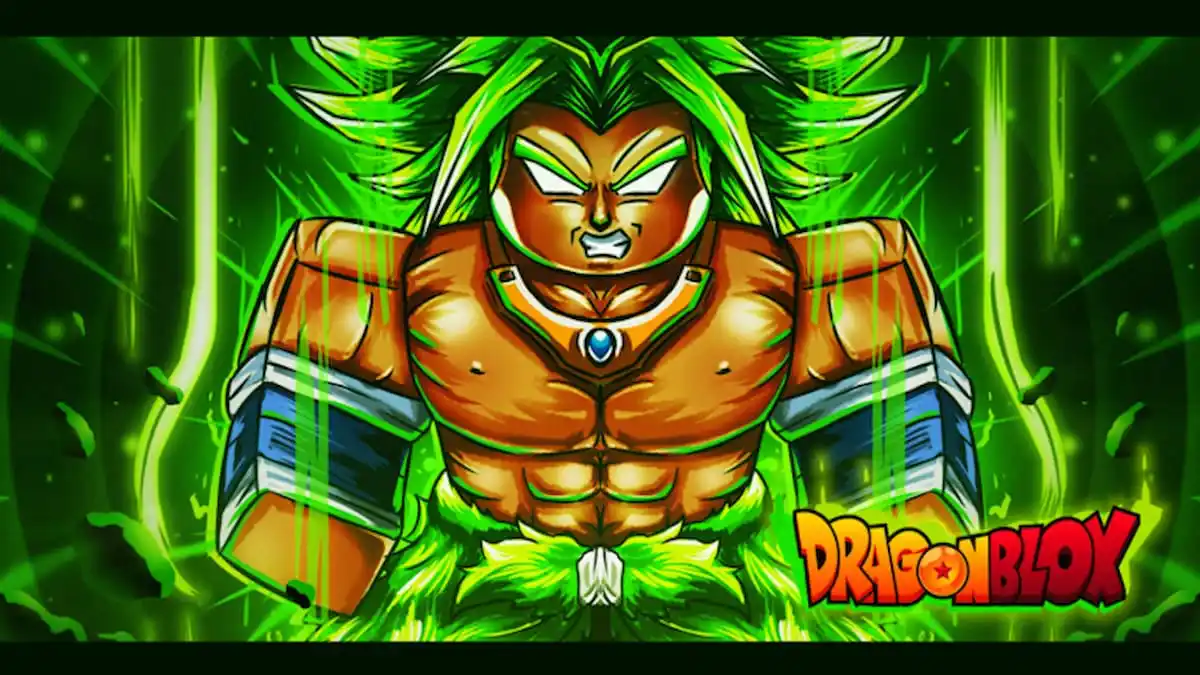
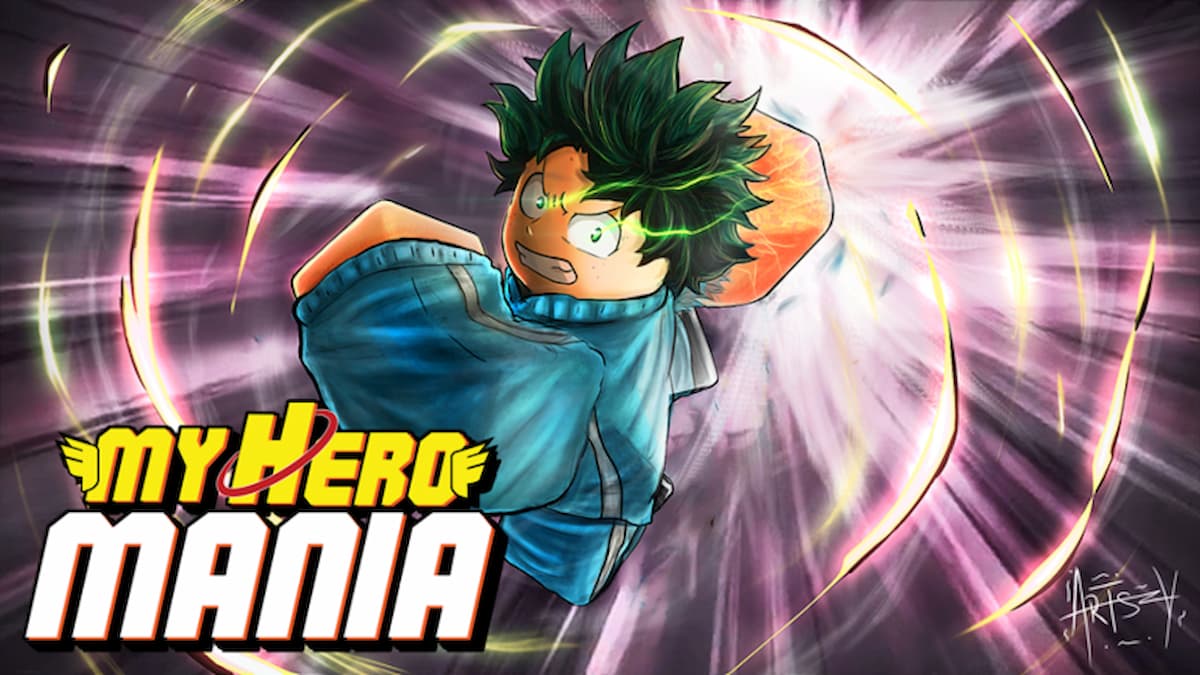



Updated: Mar 9, 2017 08:58 am